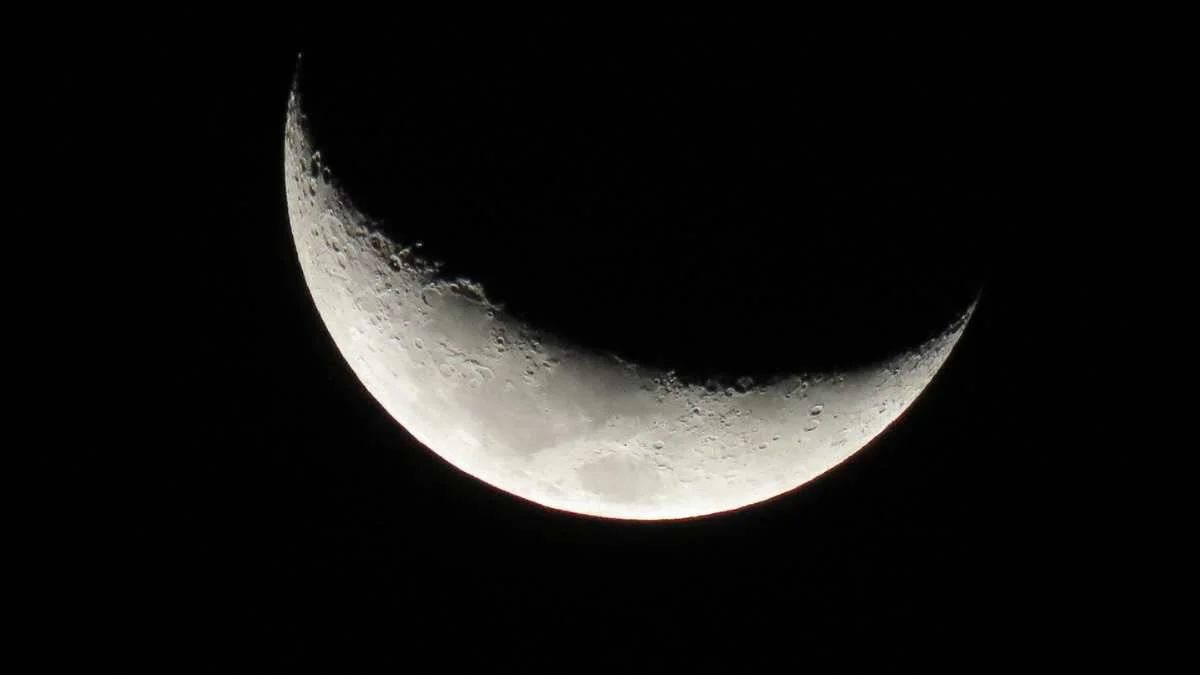The cresent shape, characterized by its iconic curved form resembling a segment of a circle with pointed ends, stands as one of the most universally recognized celestial symbols. Often evocative of the moon in its early waxing phase, the crescent has been imbued with deep cultural, religious, and astrological significance across various civilizations and throughout history. This article explores the multifaceted symbolism of the cresent, tracing its representations from ancient deities to modern emblems, and examining its role in various cultural contexts including Hindu iconography, Islamic art, and Western astrology.
Origin and Evolution of the Cresent Symbol
The word “crescent” comes from the Latin term crescens, which means “growing”. The symbol likely originated from the observation of the moon’s phases, specifically the first quarter moon, which resembles a sickle. Its visual and symbolic appeal led to its adoption by various cultures and religions, each layering their own interpretations and meanings onto the crescent.
Cresent in Hindu Iconography
In Hinduism, the crescent moon is a key symbol in the representation of Shiva, one of the principal deities known as both the destroyer and regenerator of the universe. Often shown with a crescent moon in his matted hair, Shiva symbolizes mastery over time and the cyclical process of creation and destruction. This emblem reflects not only his immense power but also his connection to the ever-changing nature of life, mirroring the moon’s waxing and waning phases. The crescent emphasizes the eternal flow of life and the balance between opposing forces, highlighting the profound philosophical themes within Hindu theology.
Astrological and Alchemical Significance
The cresent also serves as the astrological symbol for the Moon, and by extension, it represents various lunar qualities such as emotion, intuition, and the subconscious. In alchemy, the crescent is associated with silver, a metal that was thought to carry the reflective qualities of the moon. This symbolic connection underscores the moon’s influence over the elemental and mystical properties ascribed to silver, including purity, clarity, and reflection.
Emblem of Deities and Virginity
Historically, the crescent was linked to Diana (Roman) and Artemis (Greek), goddesses of the hunt, forests, hills, and moon. Both goddesses are often depicted with a crescent moon on their brow or near them, highlighting their virginity and role as protectors of maidens. This association with virginity was later integrated into Christian symbolism where the crescent is often seen around the figure of Mary, Mother of Jesus, in religious art, emphasizing her purity and divine role.
Symbolism in Islam
Perhaps one of the most widespread and recognized uses of the cresent today is its association with Islam. This connection began in the early medieval period and was solidified during the Ottoman Empire, which adopted the crescent as part of its flag and architectural decoration. The crescent, often paired with a star, is seen atop mosques and has become a part of the official symbols of many Muslim-majority countries. Its use as a roof finial in Ottoman mosques underscores the crescent’s significance as a protective emblem and a symbol of Islamic faith and heritage.
In 1993, the crescent was also introduced as a chaplain badge for Muslim chaplains in the United States military, symbolizing their faith and serving as an emblem of spiritual guidance for Muslim service members.
Modern Interpretations and Uses
Today, the crescent remains a powerful symbol across various fields. It appears in numerous flags, emblems, and logos, each context bestowing new levels of interpretation and significance. Its simplicity and elegance make it a versatile symbol for unity, growth, and change—themes that are universally resonant and deeply rooted in the human psyche.
Conclusion
The cresent shape, from its primitive roots as a simple celestial observation to its complex role in modern symbolism, showcases the profound human capacity to imbue natural phenomena with rich cultural significance. As a symbol, the crescent transcends its literal origin, encapsulating the intricate tapestry of human belief, art, and society. Whether adorning the head of a Hindu god, representing the purity of mythical goddesses, or crowning the mosques as an emblem of Islamic faith, the crescent continues to be a beacon of significance in symbolic expression around the world. Its enduring presence in spiritual and secular domains alike is a testament to its universal appeal and the depth of meaning it holds across different cultures and religions.








